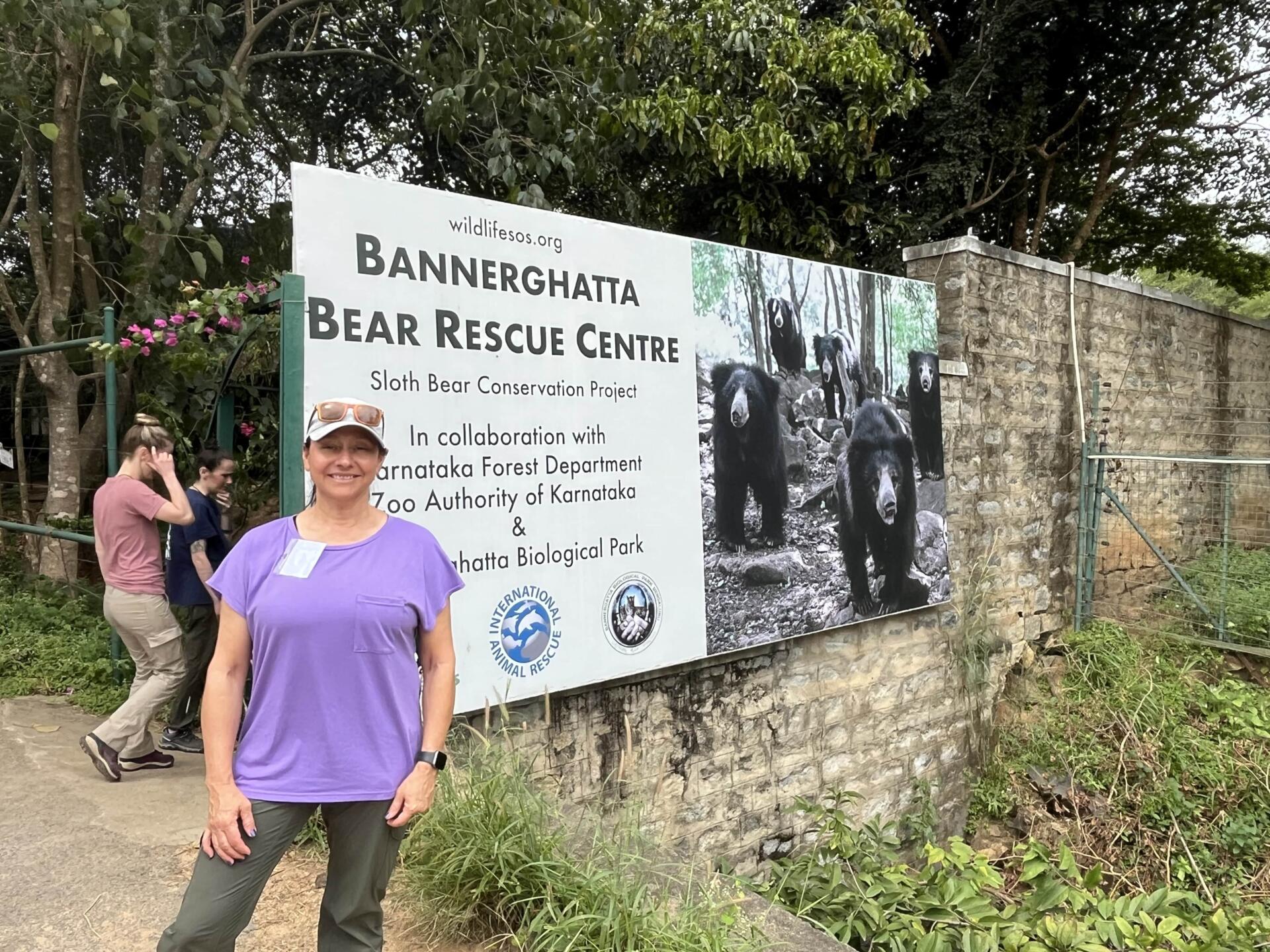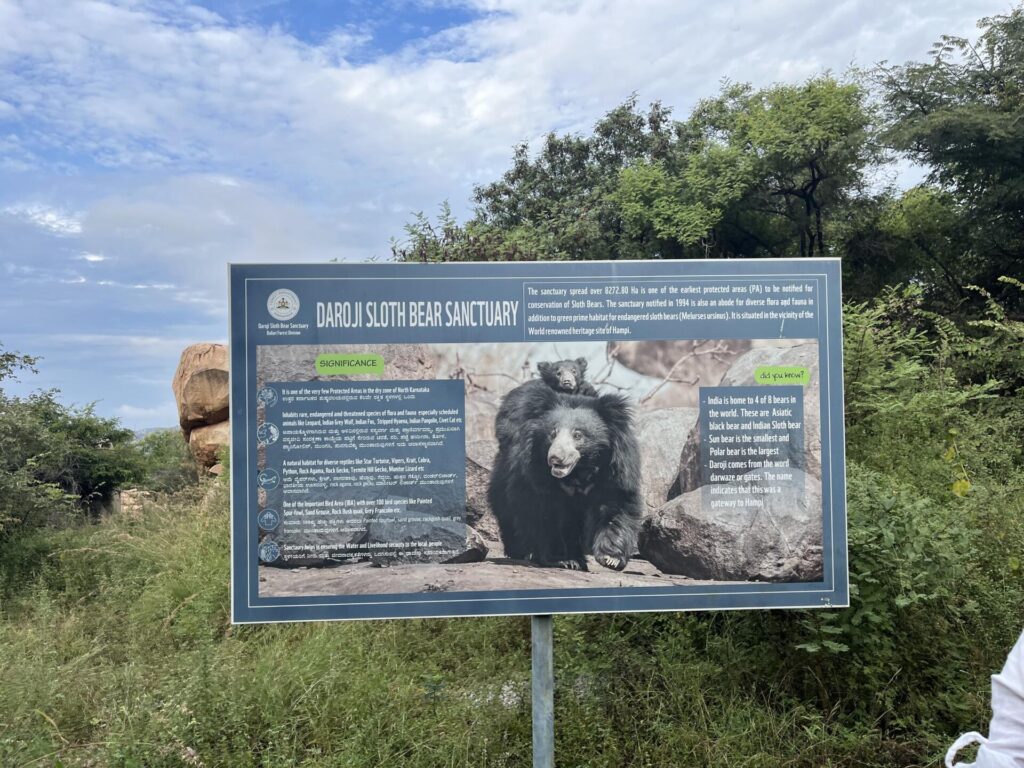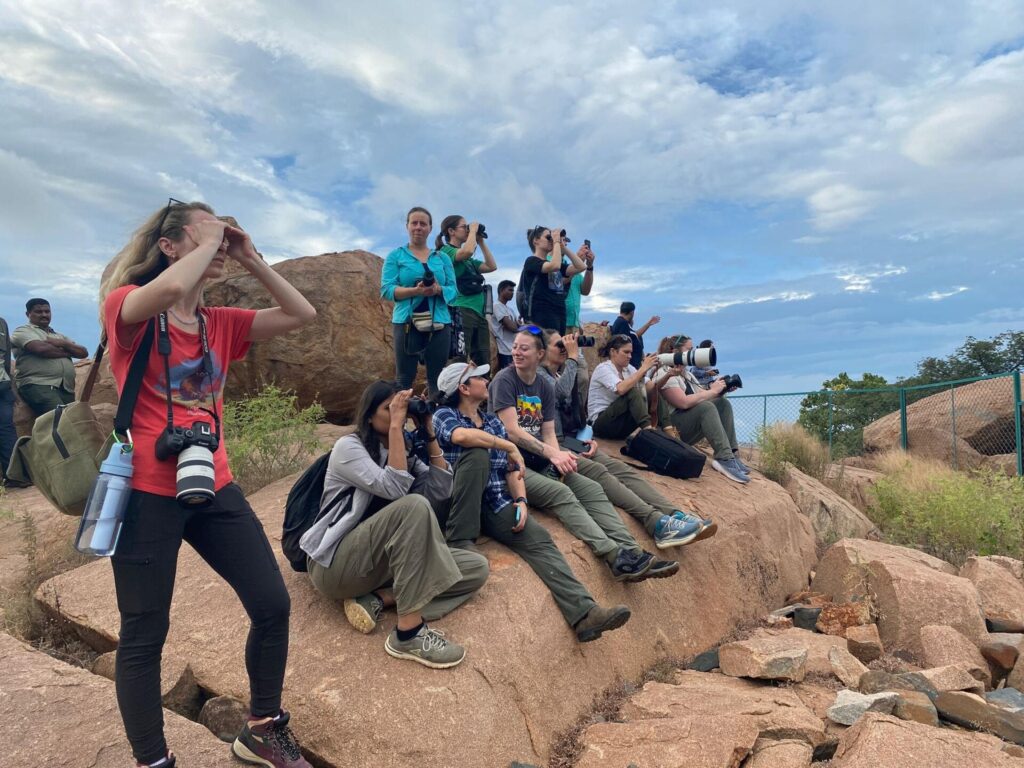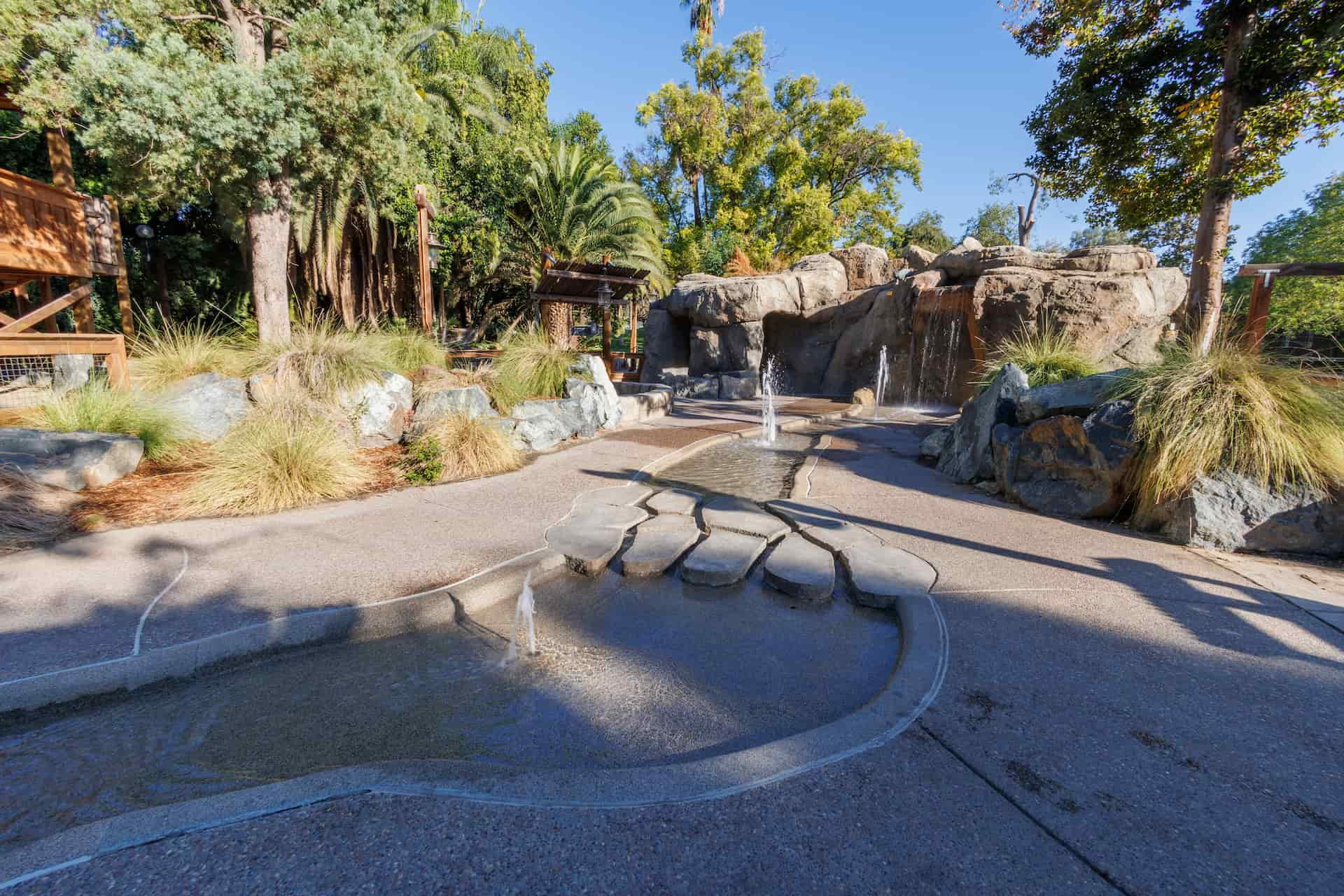
Arriving in Bengaluru, India after a 21-hour trip in early November 2024, I was immediately enveloped by the vibrant energy of India. It was a sensory kaleidoscope – the cacophony of honking horns, the bright colors of saris, the curious gazes of passersby. This was the beginning of an extraordinary journey, one that would take me to the heart of sloth bear conservation alongside the dedicated team at Wildlife SOS in Bannerghatta.
My mission, along with a group of fellow zoo professionals from across the United States, was to collaborate with the incredible animal care takers at the Bannerghatta Bear Rescue Center. We were there to share our expertise and help refine their training techniques, ultimately enhancing the welfare and care of the rescued sloth bears. These magnificent creatures, with their shaggy dark fur and distinctive long claws, have faced a long history of exploitation in India, most notably through the now-outlawed practice of “dancing bears.”
From the moment we arrived, the warmth and hospitality of the Wildlife SOS team were palpable. The educators, our initial point of contact, greeted us with genuine enthusiasm at the airport. They weren’t just our guides and translators; they became our friends, sharing meals, facilitating our work, and even whisking us away on unexpected adventures through the bustling city. There was a refreshing openness about them, a willingness to bridge the cultural gap and ensure we felt welcomed and comfortable.
The city itself was a living, breathing organism, a constant hum of activity. Children, their eyes wide with curiosity, would often approach us, eager to practice their English, say hello, or even request a photo. These small interactions, though fleeting, offered a glimpse into the genuine warmth and open heartedness of the Indian people.
Our days quickly settled into a rhythm. Each morning began at the Wildlife SOS house, a hub of camaraderie and anticipation. We’d share a communal breakfast, fueling up for the day ahead, before embarking on the drive to the bear sanctuary nestled just outside the boundaries of Bannerghatta National Park. The sanctuary was a haven, a sprawling landscape providing a safe and enriching environment for bears rescued from injury or from a life of cruelty and neglect.

The daily ritual of chai with the animal care team was a cornerstone of our experience. These moments, filled with the sweet, spiced aroma of tea and the murmur of conversation, were invaluable. They provided a relaxed setting to connect, share insights, and plan the day’s training sessions. Despite any initial language barriers, the dedication and passion for the bears formed a powerful, unspoken connection.
Working directly with the animal care takers and their assigned bears was the heart of our mission. We focused on specific behaviors crucial for the bears’ health and well-being, particularly those needed for veterinary examinations. This included training the bears to comfortably lie on their side, allowing their bellies to be touched for ultrasounds – vital for monitoring their health. We also worked on getting them to sit facing us and then roll onto their backs, enabling us to safely and efficiently take their rectal temperatures. We also worked on training them to voluntarily open their mouths, allowing for dental checks and ensuring their teeth were healthy.
The animal care team impressed me deeply with their unwavering commitment and genuine affection for the bears. They were incredibly hardworking, often facing challenging conditions with resilience and a deep sense of responsibility. Their eagerness to learn new techniques and their insightful observations about the individual bears in their care were truly inspiring. They weren’t just following protocols; they were deeply invested in the well-being of each animal.
There were moments of pure joy and satisfaction as we witnessed breakthroughs in the training. The patient repetition, the positive reinforcement, and the consistent dedication of the care takers were yielding results. Seeing a bear, initially hesitant, begin to voluntarily offer a paw or roll onto its back was incredibly rewarding. These small victories were a testament to the bond of trust between the bears and their caregivers, and a powerful reminder of the progress being made.
Beyond the structured training sessions, the Wildlife SOS team went above and beyond to immerse us in the local culture and the broader conservation landscape. Several afternoons, instead of solely focusing on training, they surprised us with tours of the surrounding area. These excursions provided invaluable context to the work being done.
The undisputed highlight of these spontaneous adventures was the rare privilege of being granted access into Bannerghatta National Park. This protected area, under the direct stewardship of the Indian government, is usually off-limits to the public. Driving through the park in open vehicles, we were treated to glimpses of the wild heart of India. We saw the tell-tale signs of elephants – their well-worn paths winding through the vegetation. We spotted tiger scat, a thrilling reminder of the apex predators that roamed these lands. Intriguing termite mounds, evidence of sloth bears’ foraging activities, dotted the landscape. And from breathtaking overlooks, we could fully appreciate the vastness and beauty of the national park, a crucial sanctuary for countless species.

These excursions into the national park on the outskirts of the city underscored the critical importance of the work Wildlife SOS is doing. It highlighted the delicate balance between human activity and wildlife conservation. Sloth bear exploitation in India went on for centuries. These brilliant charismatic bears were captured as cubs and forced to “dance” for entertainment. Their teeth were often brutally removed, and they were controlled with painful ropes passed through their sensitive muzzles. The fact that this cruel practice has been eradicated in the past two decades is a testament to the tireless efforts of the Indian government and organizations like Wildlife SOS.
“By offering opportunities for income through the care of rescued bears and other conservation initiatives,
they have created a sustainable path away from exploitation and towards coexistence.“
The success of this transition is multifaceted. The government’s commitment to enforcing wildlife protection laws has been crucial. Equally important has been the work of Wildlife SOS in actively monitoring areas where poaching was prevalent and, crucially, providing alternative livelihoods for the families who once relied on the dancing bear trade. By offering opportunities for income through the care of rescued bears and other conservation initiatives, they have created a sustainable path away from exploitation and towards coexistence.
Leaving Bannerghatta, I carried with me not just new knowledge and skills, but a profound sense of hope. The work of Wildlife SOS is a beacon, demonstrating that with focused effort and genuine care, we can reverse the negative impacts of human activity on wildlife. The rescued sloth bears are not just animals in a sanctuary; they are living ambassadors for their species, testaments to the possibility of a better future.
My hope in sharing this experience is to shed light on the incredible work being done by Wildlife SOS and the urgent need for continued support for sloth bear conservation. These unique and fascinating creatures deserve our protection, and the dedicated individuals on the ground in India are making a tangible difference in their lives. It was an honor to play a small part in their vital mission, this journey from Fresno to Bannerghatta that has left an indelible mark on my heart.

